The Flodden Wall
Remnants of the 16th-century defensive wall still stand unassumingly within Edinburgh.
While exploring Edinburgh, it’s easy to walk by pieces of the past without even realizing it. Some of the walls, which blend in seamlessly with even the newer buildings, have their own centuries-old histories that hint at the city’s former fortifications.
The Flodden Wall was completed in 1560 to protect the city against an English invasion that never came. After Scottish forces were defeated and King James IV was killed at the Battle of Flodden in 1513, Edinburgh officials feared the victorious English troops would soon descend upon the ancient Scottish city. So, as leaders who fear outsiders tend to do, they decided to build a wall to defend their domain.
The 24-foot-tall wall encased a 140-acre area. About 10,000 people lived within its confines. Six ports guarded the entrances in and out of the walled city, which also helped control smuggling.
Though the English never did actually invade after the Battle of Flodden, the wall played an important role in protecting Edinburgh from the turbulent times that rocked the city during the 16th century, when different groups attempted to besiege the castle. The massive cannon Mons Meg was even used to destroy the buildings snipers had settled in outside the wall.
The Flodden Wall, along with the other two walls built to encase the city, was eventually ruined in the 18th century. As Edinburgh expanded, the barriers became a hindrance rather than a help. Roads and buildings like the University of Edinburgh’s Old College were constructed over crumbling sections of the abandoned walls. Part of the Flodden Wall that surrounds Greyfriars Kirk was even destroyed in what is believed to have been a freak lightning strike.
The few fragments of the Flodden Wall that survive are protected monuments. The portion around Greyfriars Kirkyard is the most well known, but you can also see stretches of the old stones where Drummond Streets meets the Pleasance and on Forrest Road.
Know Before You Go
Some surviving fragments of the Flodden Wall can be found in Greyfriars Kirkyard, along the narrow Vennel leading to the Grassmarket, and running down Drummond Street to the Pleasance.

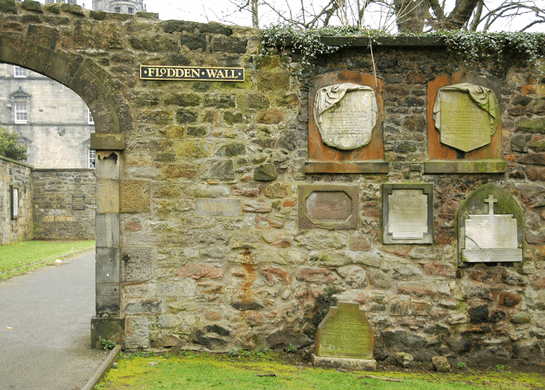
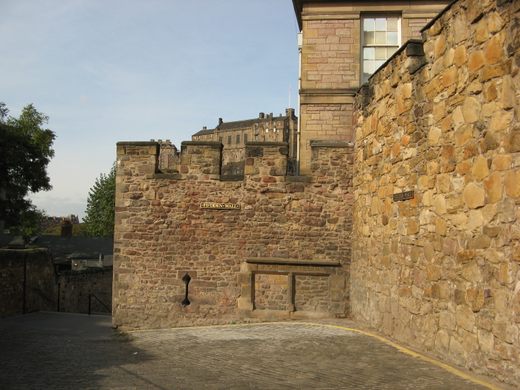
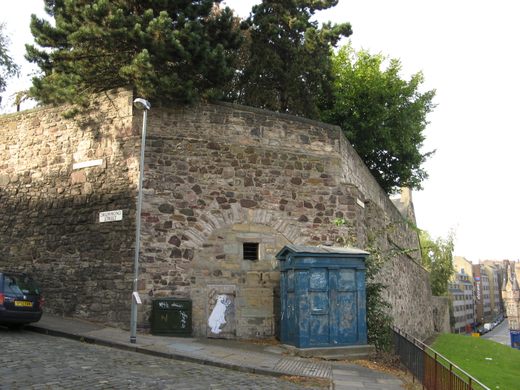
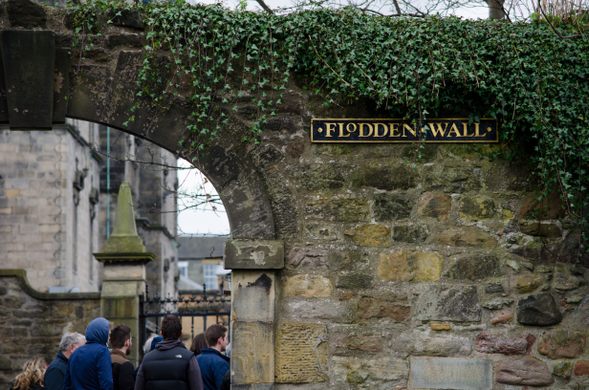
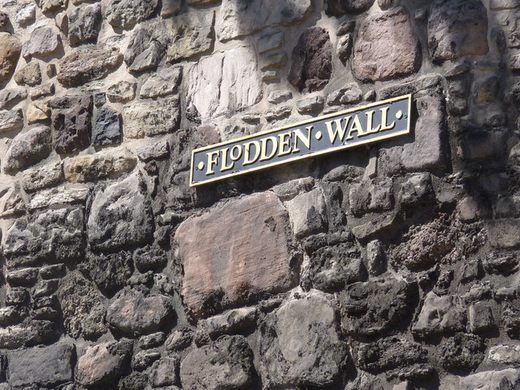

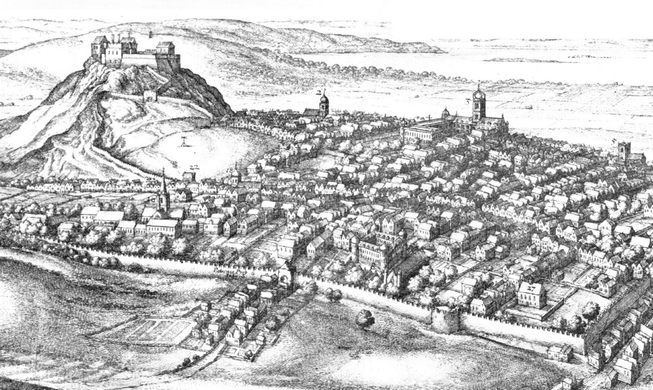



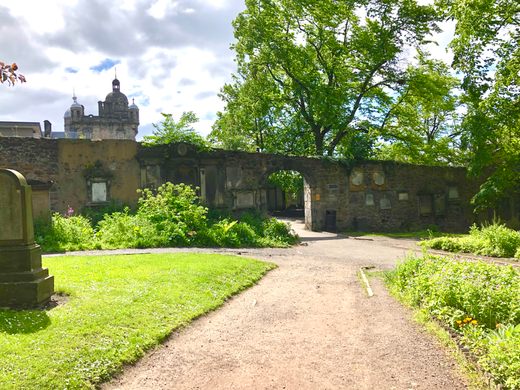
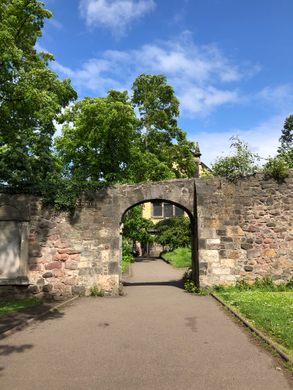
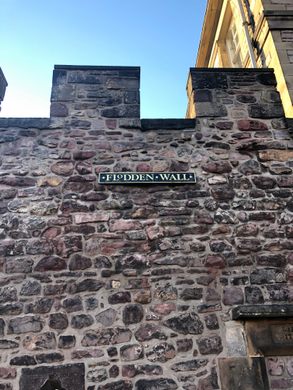





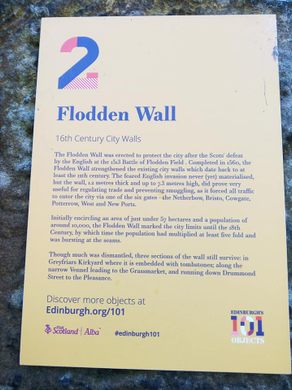
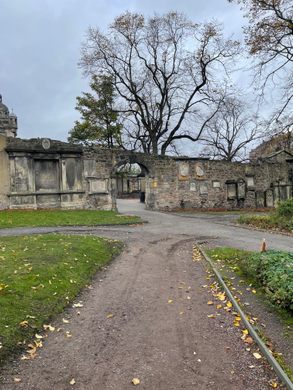
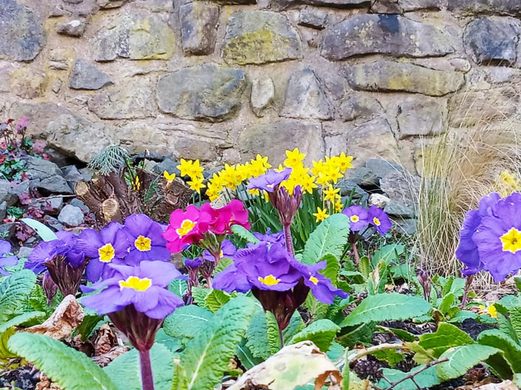
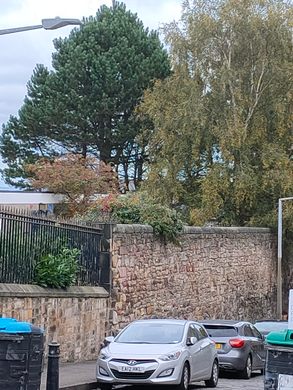
























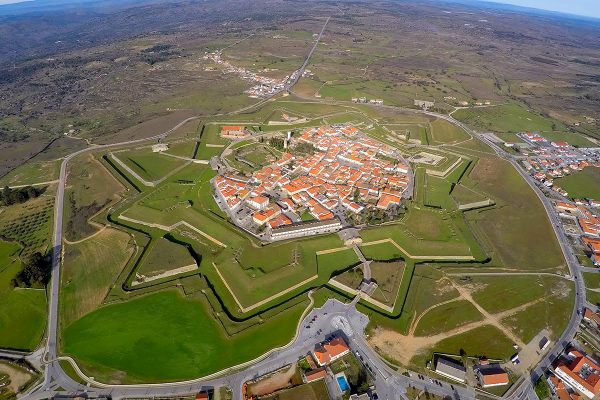




Follow us on Twitter to get the latest on the world's hidden wonders.
Like us on Facebook to get the latest on the world's hidden wonders.
Follow us on Twitter Like us on Facebook